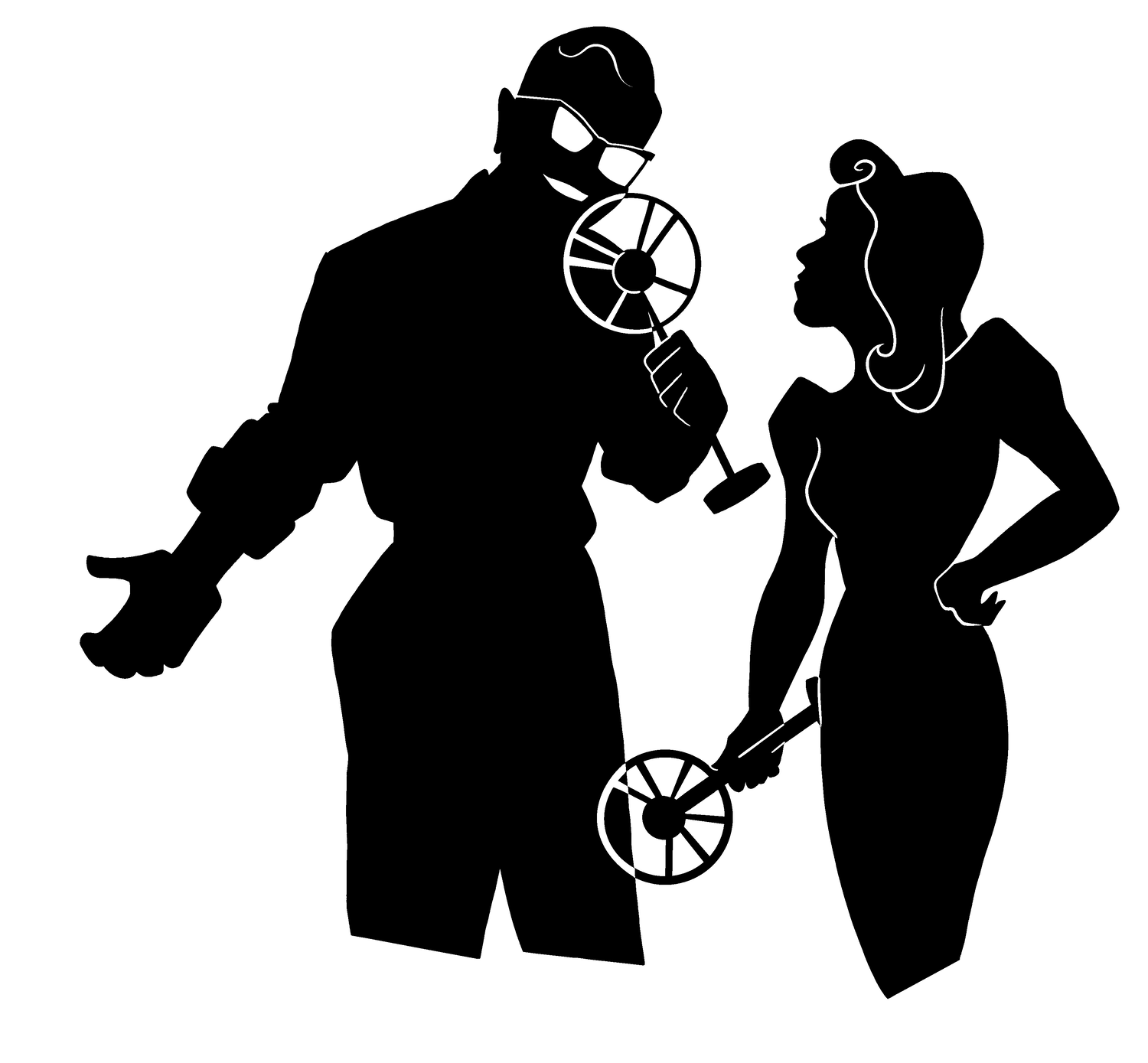48. Internet Facilitated Sexual Offenses, Part 2
Another installment in this multi-part series on Internet Facilitated Sex Crimes. In Part 1, we gave you a broad overview and some stats in how this horrific phenomenon exploded with the progression of technology. In this episode (Part 2), we will talk specifically about Child Pornography offenders and in a further, subsequent episode will dissect the motivations and typologies of Sexual Solicitation offenders.
EPISODE RESOURCES
Abel, G., Mittelman, M.S., & Becker, J. (1985). Sexual offenders: Results of assessment and recommendations for treatment. In H. H. Ben-Aron, S. I. Hucker, & C.D. Webster (Eds.), Clinical criminology (pp. 191-205). Toronto, Ontario, Canada: MM Graphics.
Abel & Harlow (2001) The Abel and Harlow Child Molestation Prevention Study
Becker, J. & Murphy, W. (1998). What we know and don’t know about assessing and treating sex offenders. Psychology, Public Policy, and Law, 4, p. 116-137.
Briggs, P., Simon, W. T., & Simonsen, S. (2010). An Exploratory Study of Internet-Initiated Sexual Offenses and the Chat Room Sex Offender: Has the Internet Enabled a New Typology of Sex Offender? Sexual Abuse: A Journal of Research and Treatment, 23(1), 72–91. https://doi.org/10.1177/1079063210384275
CPORT resources: https://www.researchgate.net/project/Child-Pornography-Offender-Risk-Tool-CPORTCatanese, S. A. (2014, September). Online Offenders 101: Highlights of assessment, recidivism, & life after supervision. Presented at the 13th International Association for the Treatment of Sexual Offenders Conference, Porto, Portugal.
Catanese, S. & Huerta, P. (2014, September). Reasonable and therapeutic uses for sexually stimulating materials in sex offender treatment: A discussion. Presented at the 13th International Association for the Treatment of Sexual Offenders Conference, Porto, Portugal.
Dandescu, A., & Wolfe, R. (2003) Sexual Abuse: A Journal of Research and Treatment. Considerations on Fantasy Use by Child Molesters and Exhibitionists.
Delmonico, D. L., & Griffin, E. J. (2013). Illegal images : critical issues and strategies for addressing child pornography use. Neari Press.
Durkin, K. F., & DeLong, R. L. (2012). Internet Crimes against Children. Encyclopedia of Cyber Behavior, 799–806. https://doi.org/10.4018/978-1-4666-0315-8.ch066
Hanson, R. and Brussiere, M., (1998). Predicting relapse: A meta-analysis of sexual offender recidivism studies. Journal of Consulting and Clinical Psychology, 66, p. 348-364.
Hall, G. C. N., (1995). Sex offender recidivism revisited: A meta-analysis of recent treatment studies. Journal of Consulting and Clinical Psychology, 63, p. 802-809.
Seto, M. C. (2013). Internet sex offenders. American Psychological Association.Sheldon, K. & Howitt, D. 2008. Sexual fantasy in paedophile offenders: Can any model explain satisfactorily new findings from a study of Internet and contact sexual offenders? Legal and Criminological Psychology, Volume 13, Number 1, February 2008, pp. 137-158(22) British Psychological Society
Quinsey, V., Rice, M., & Harris, G. (1995). Actuarial prediction of sexual recidivism. Journal of Interpersonal Violence, 10, p. 85-105.
This episode is sponsored by
· Anchor: The easiest way to make a podcast. https://anchor.fm/app
Send in a voice message: https://anchor.fm/lansc/message
